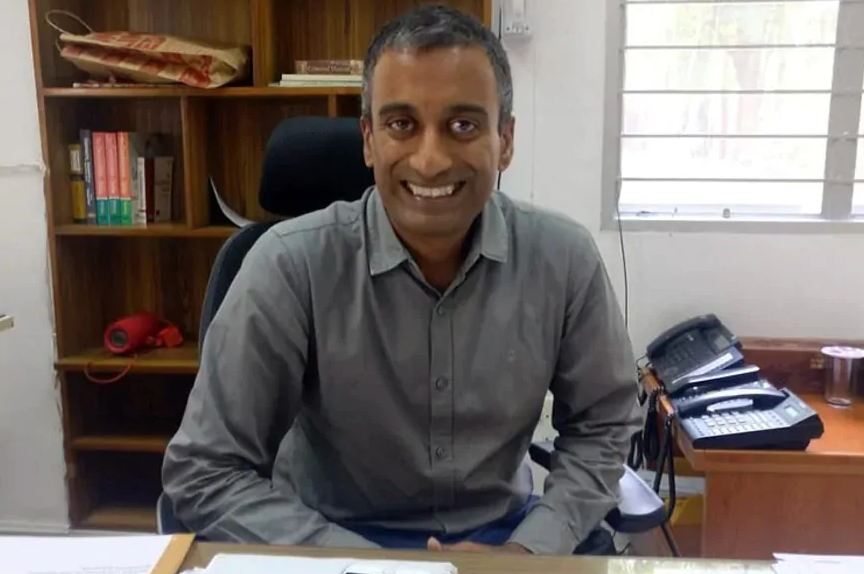
‘Action’ against NLSIU V-C for planning to hold separate law entrance exam
After the consortium of National Law Universities ‘unanimously’ decided to divest Professor Sudhir Krishnaswamy, Vice-Chancellor of National Law School of India University (NLSIU), Bengaluru, of his function as the secretary and treasurer of the consortium, the latter claimed the governing body’s decision has no legal basis.

After the consortium of National Law Universities ‘unanimously’ decided to divest Professor Sudhir Krishnaswamy, Vice-Chancellor of National Law School of India University (NLSIU), Bengaluru, of his function as the secretary and treasurer of the consortium, the latter claimed the governing body’s decision has no legal basis.
Last week, the consortium of National Law Universities cited conflict of interest for action against Krishnaswamy, who plans to conduct a separate entrance test for admissions to NLSIU “in violation of Consortium by-laws”.
In the past academic years since 2008, the admission to NLSIU was based on the Common Law Admission Test (CLAT), which was originally scheduled to be held in May. However, corona pandemic forced the exams to get delayed indefinitely. The NLSIU decided to conduct its own test – a new admissions procedure for the BA, LLB, and LLM candidates – through a new entrance examination: the National Law Aptitude Test (NLAT) 2020-2021, instead of holding CLAT. The decision, Krishnaswamy argued, was to avoid ‘zero year’ with no admissions.
“The repeated postponement of the examination has resulted in uncertainty for students, parents, and the participating universities. NLSIU is especially disadvantaged as it follows a trimester system where every academic year is made up of three terms, each of 90 days’ duration. Hence, if NLSIU is unable to complete admissions before the end of September 2020, it will inevitably result in a ‘Zero Year’ with no admissions. This will deprive law students of the opportunity to pursue their studies this year at India’s premier law university,” NLSIU issued a statement.
Immediately, the consortium issued a statement intimating the removal of NLSIU VC from the post of secretary and treasurer. The consortium, headed by the chairman of NLIU Bhopal Vice-Chancellor V Vijayakumar, resolved that NLSIU was in violation of Consortium’s by-laws. “As per rule, all members of the Consortium (the 22 national law universities) are bound to admit students only through CLAT. We see a clear violation if someone conducts a separate exam,” Vijayakumar said.
The consortium even decided to shift secretariat of consortium out of NLSIU, Bangalore, to NALSAR, Hyderabad, temporarily until the entrance exams were over.
Related news: 600 appear, 300 absent at Haryana agri university PG entrance exams
Prof Faizan Mustafa of NALSAR University in Hyderabad in a opinion post written in LiveLaw, claimed that there will not be a threat of ‘zero year’ even if the classes starts by October 15 and there’s a provision that classes be conducted online. “If IITs are not having the problem of zero year, how any law university can build its entire case on the so called zero year?” the professor noted.
The NLSIU, Bangalore, however, stood its ground and said the consortium rejected several of its options and they were unwilling to confirm the date for the conduct of CLAT 2020. Faced with no option, NLSIU decided to conduct NLAT for the year 2020-2021.
NLSIU affirms that the University, and its vice-chancellor, have not violated the Consortium bye-laws. “Moreover, the vice-chancellor has not acted in any manner that gives rise to any potential for a conflict of interest. Hence, the claims made and decisions reported (in press) to have been taken by the Consortium in its press release dated 6th September have no legal basis or authority,” NLSIU said in a statement.


